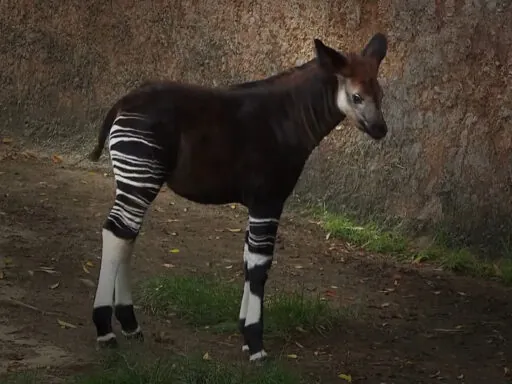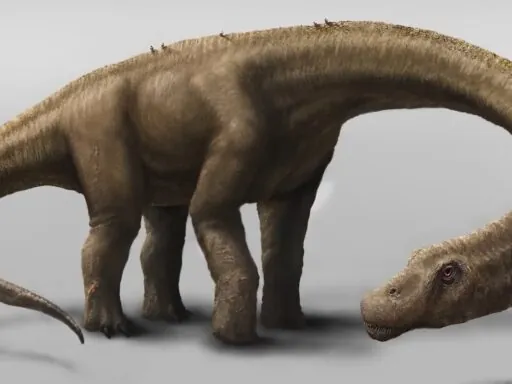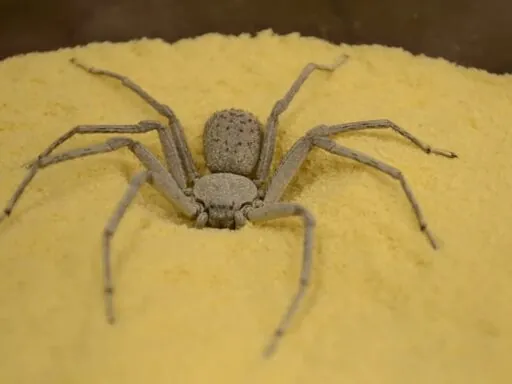Imagine a world where some of the most fascinating creatures teeter on the brink of extinction, their very existence hanging by a thread. From the elusive “Asian Unicorn” to the critically endangered Vaquita, these animals are not just rare; they are almost extinct. In this article, we take you on a journey through the top 10 almost extinct animals that are dangerously close to disappearing forever.
1. Vaquita
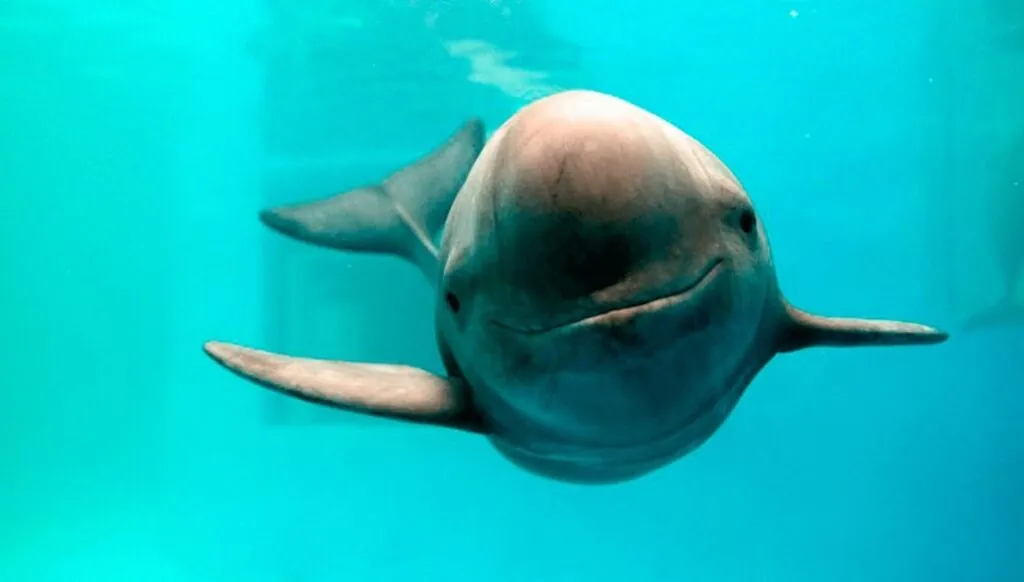
The vaquita, a small porpoise found only in the northern Gulf of California, is on the brink of extinction, with fewer than 10 individuals remaining as of 2024. This critically endangered species, often called the “smiley panda of the sea” due to its distinctive facial markings, faces an almost certain demise primarily due to bycatch in illegal gillnet fishing.
In spite of conservation efforts, including the establishment of a protected refuge and a fishing moratorium, the vaquita population continues to dwindle rapidly. Their slow reproduction rate—females give birth only once every two years—further exacerbates their decline.
2. Amur Leopard
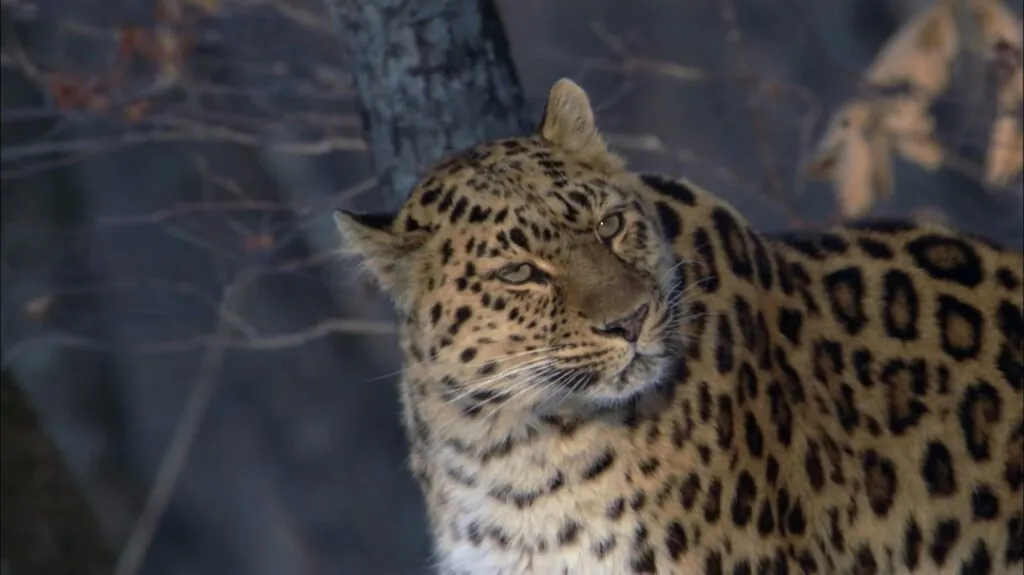
The Amur leopard is one of the most critically endangered big cats in the world, with only about 84 individuals remaining in the wild, primarily in the forests of the Russian Far East and China. This elusive feline, also known as the Far Eastern leopard, is renowned for its striking beauty, characterized by a thick, pale coat adorned with unique black spots.
Amur leopards, one of the top 10 almost extinct animals, are highly agile climbers and predominantly nocturnal hunters, making them masters of stealth. Despite conservation efforts, they continue to face significant threats from habitat loss, poaching, and human-wildlife conflicts, making their survival precarious.
3. Javan Rhino
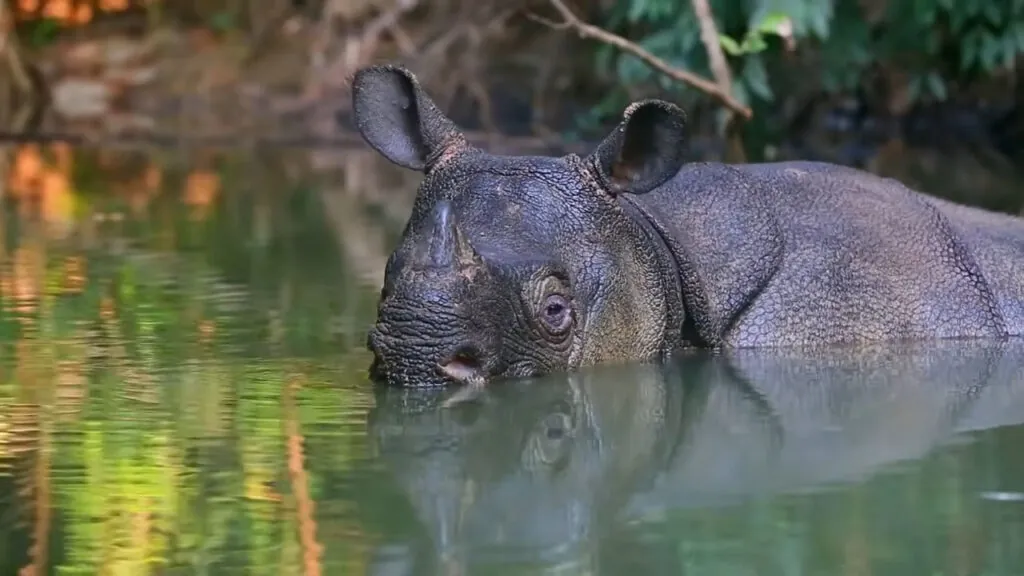
The Javan Rhino, one of the rarest large mammals on Earth, is teetering on the brink of extinction, with fewer than 80 individuals remaining. Found exclusively in Ujung Kulon National Park on the western tip of Java, Indonesia, this species has suffered from severe habitat loss and poaching. Despite its critically endangered status, recent camera trap footage has provided a glimmer of hope, capturing images of newborn calves. However, the population remains perilously small, and conservation efforts are hampered by limited space and ongoing threats, such as poaching.
4. Sumatran Orangutan
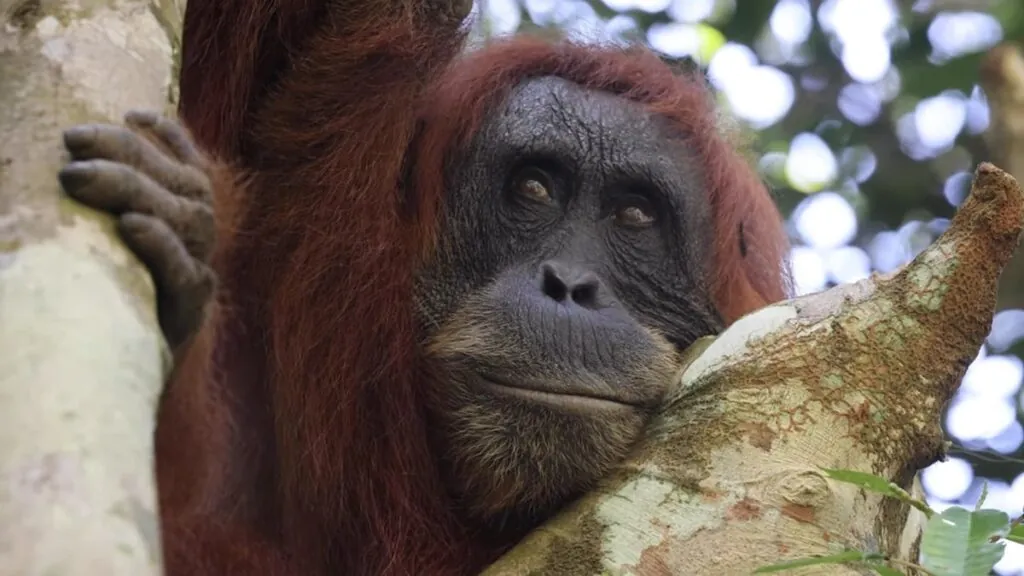
The Sumatran orangutan is a critically endangered species, with fewer than 14,000 individuals remaining in the wild. This population is primarily concentrated in the rainforests of northern Sumatra, Indonesia. The species faces a dire threat from habitat loss due to deforestation, particularly for palm oil plantations, as well as from the illegal pet trade.
Unexpectedly, the Sumatran orangutan shares 97% of its DNA with humans, making its potential extinction even more alarming. Despite their dwindling numbers, they are vital to the ecosystem as they play a key role in seed dispersal, helping to maintain the health of their forest habitat.
5. Yangtze Finless Porpoise

The Yangtze Finless Porpoise, known for its unique freshwater habitat, is critically endangered, with only around 1,249 individuals remaining as of 2022. This population has been on the decline due to various threats, including accidental entanglement in fishing nets, pollution, and habitat loss. However, recent conservation efforts have led to a 23% increase in their numbers—the first population rise recorded. This species is often referred to as a “smiling angel” due to its mouth’s upward curve, making its near-extinction status particularly heartbreaking.
6. Mountain Gorilla

The Mountain Gorilla is one of the most endangered animals, surviving in only two regions: Uganda’s Bwindi Impenetrable National Park and the Virunga Massif, which spans across Rwanda, Uganda, and the Democratic Republic of the Congo. Despite its precarious status, the population has seen a surprising rebound, with numbers exceeding 1,000 individuals as of recent counts.
This growth is remarkable considering the species’ slow reproductive rate, where females give birth to just one offspring every four to six years. The recovery is largely attributed to collaborative conservation efforts, community engagement, and regulated ecotourism, which have provided economic benefits to local communities and reduced poaching.
7. Tapanuli Orangutan
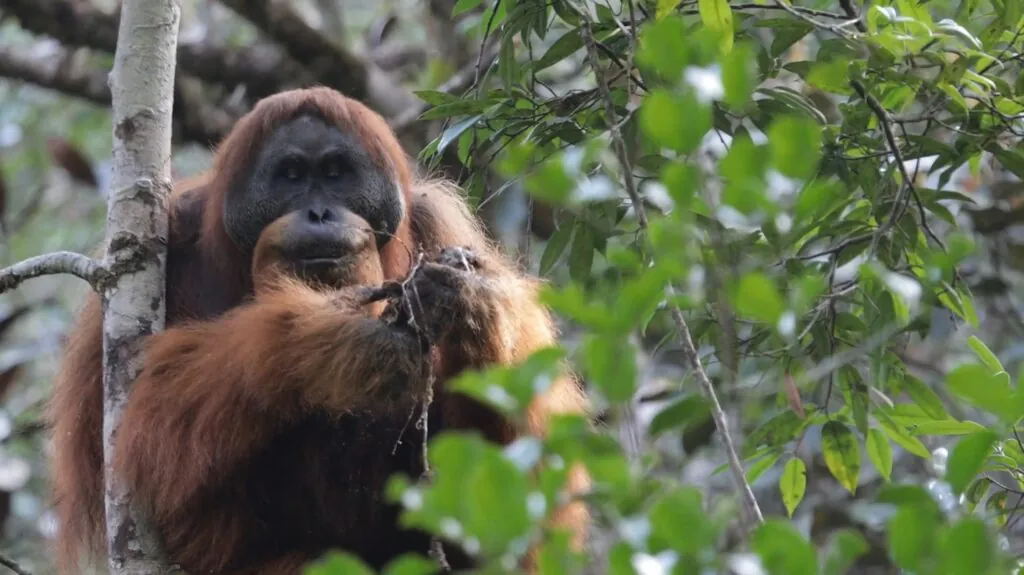
The Tapanuli orangutan (Pongo tapanuliensis), discovered as a distinct species in 2017, is one of the world’s rarest and most endangered great apes, with fewer than 800 individuals remaining in the wild.
This species is confined to the Batang Toru forest region in North Sumatra, Indonesia, an area that is critical for their survival but is under severe threat from habitat destruction due to illegal logging, palm oil plantations, and infrastructure development. What sets Tapanuli orangutans apart from their Bornean and Sumatran relatives is their unique facial features, including a distinctive mustache-like beard and different cheek flanges.
8. Saola
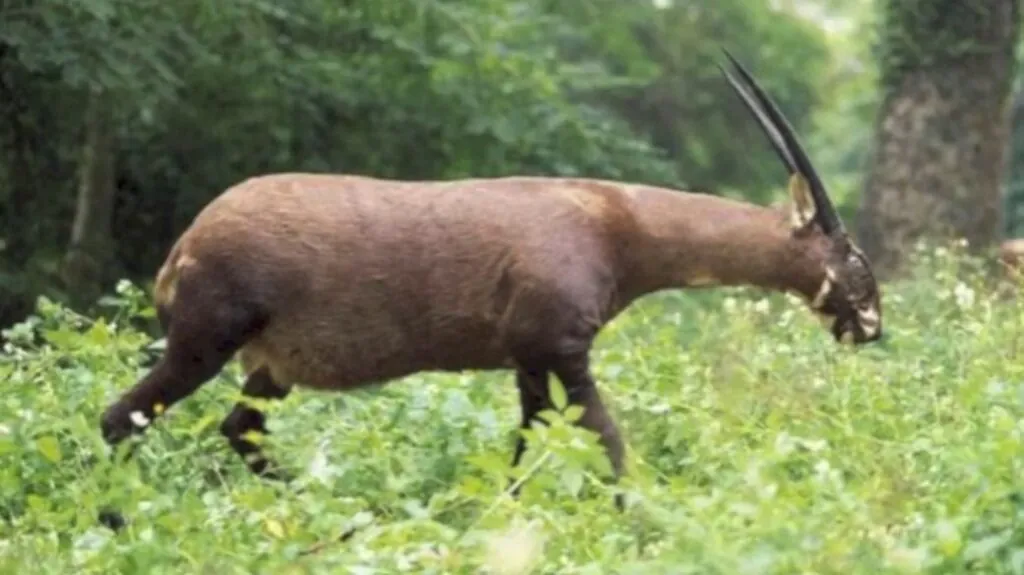
The Saola, often called the “Asian Unicorn,” is one of the world’s rarest and most elusive mammals, found only in the Annamite Mountains of Laos and Vietnam. First discovered in 1992, it remains critically endangered, with estimates suggesting fewer than a few hundred individuals in the wild. Known for its strikingly long, straight horns, the Saola, one of the top 10 almost extinct animals, faces severe threats from deforestation and poaching, often caught in snares intended for other animals. Conservationists have employed groundbreaking methods like in-field DNA testing to track this species, but the challenge remains immense.
9. Sumatran Tiger
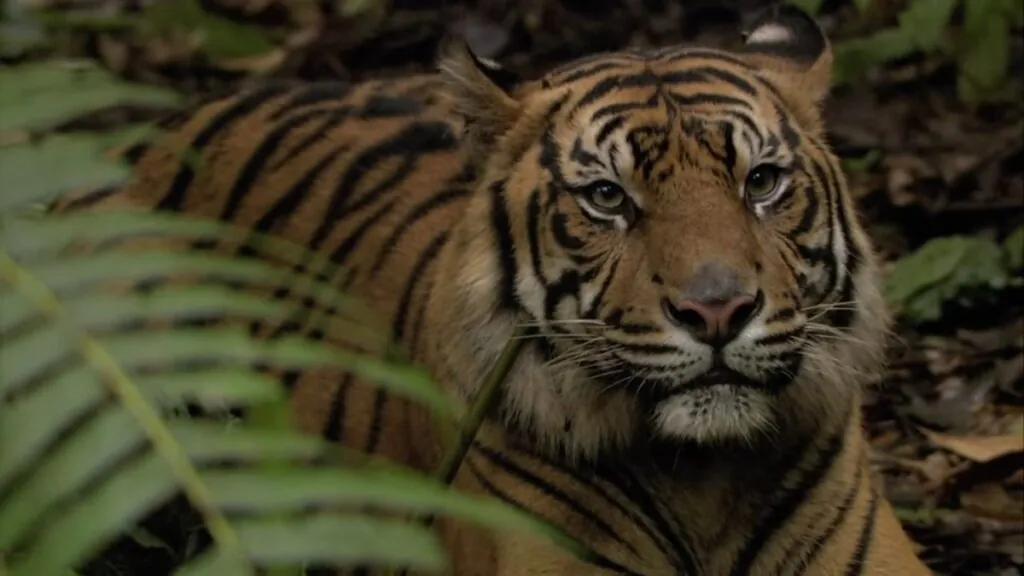
The Sumatran tiger, the smallest and darkest of all tiger subspecies, is critically endangered, with an estimated population of only 400-600 individuals remaining in the wild. These tigers are native to the dense forests of Sumatra, where their narrow stripe pattern helps them blend into the shadows. They are apex predators, preying on animals such as deer, wild pigs, and even baby elephants. However, they face severe threats from habitat loss due to palm oil plantations and illegal logging, as well as poaching for their skins and body parts, driven by black market demands.
10. Hawksbill Turtle
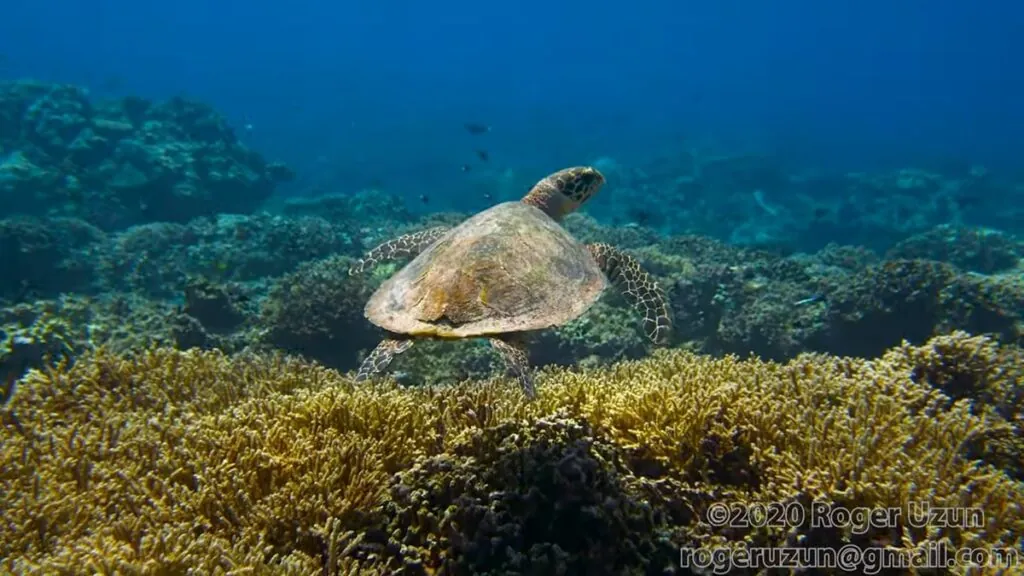
The Hawksbill Turtle, a critically endangered species, plays a vital role in maintaining coral reef ecosystems by consuming sponges that can overgrow and suffocate the coral. Despite this, their population has dwindled, with only around 8,000 turtles remaining globally. These turtles are highly sought after for their stunning, patterned shells, which are still illegally traded, fetching high prices.
Shockingly, between 1950 and 1992, over 1.3 million hawksbills were harvested. Their decline is further exacerbated by habitat destruction, pollution, and climate change, which affect both their nesting success and coral reef habitats
The ranking of the top 10 almost extinct animals is based on the immediacy and severity of their extinction threats, including population size, habitat loss, poaching, and environmental changes. Species with fewer individuals, such as the Vaquita and Saola, were ranked higher due to their critically low numbers and limited geographic range. The impact of human activity, particularly illegal hunting and habitat destruction, played a significant role in determining their vulnerability.
